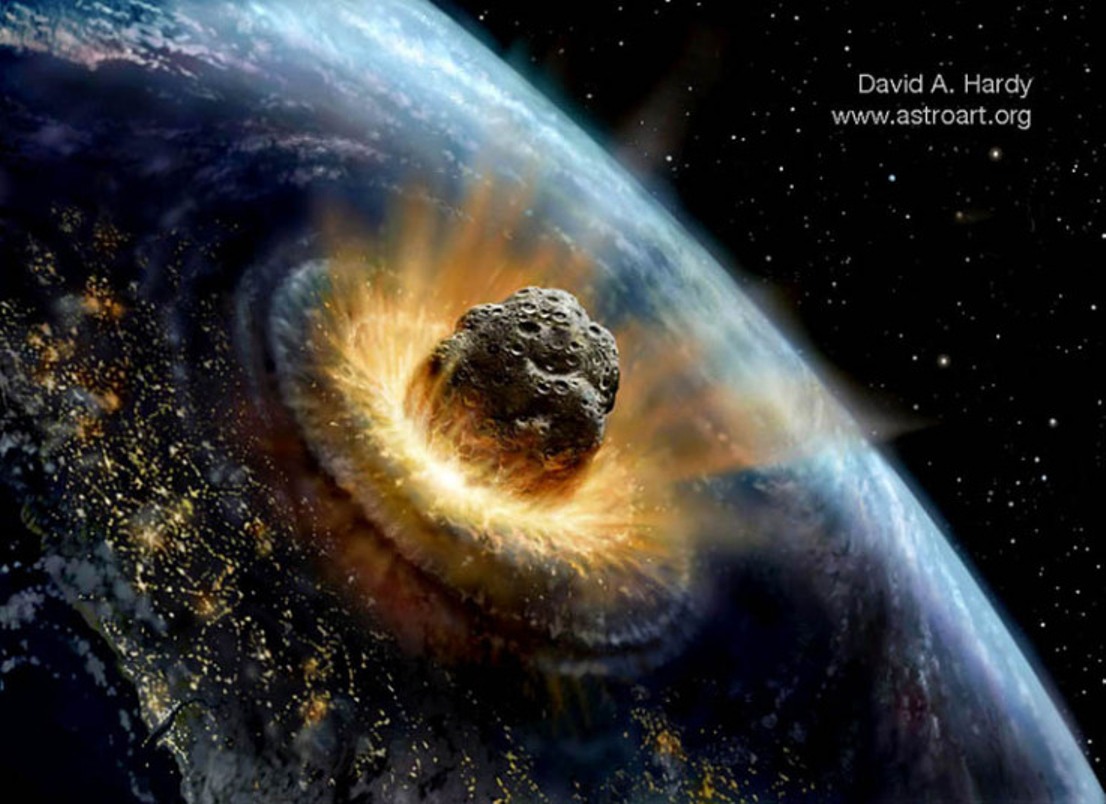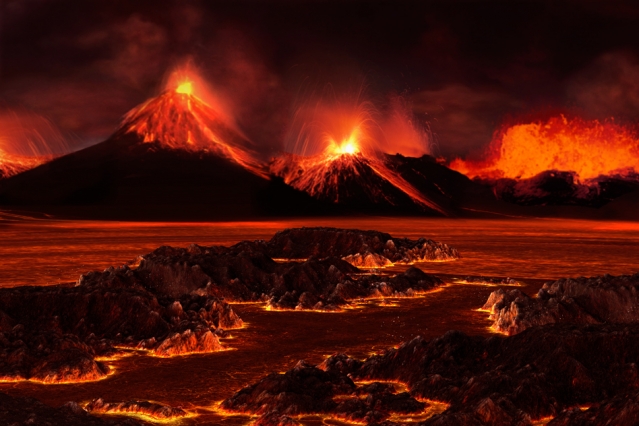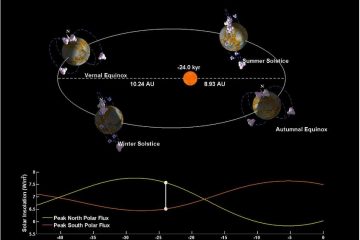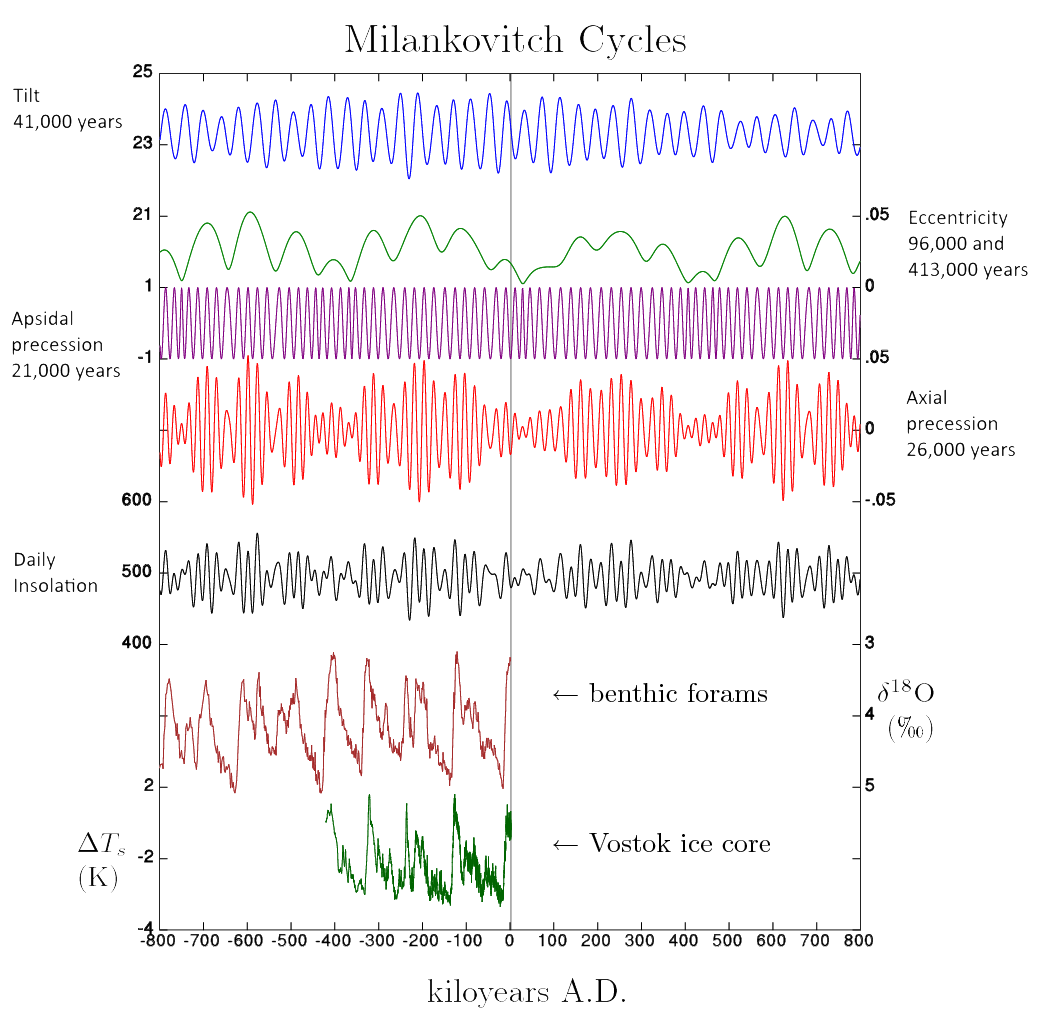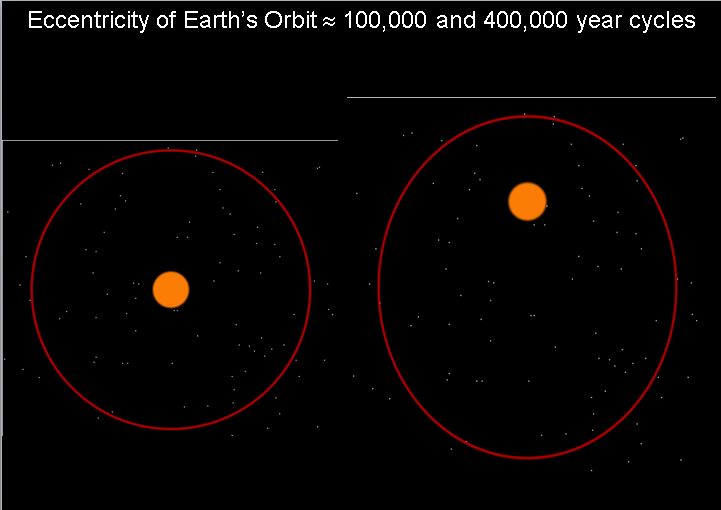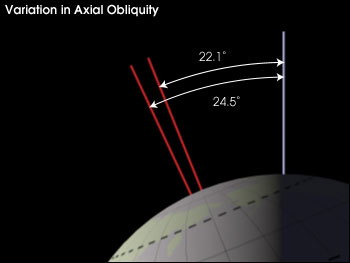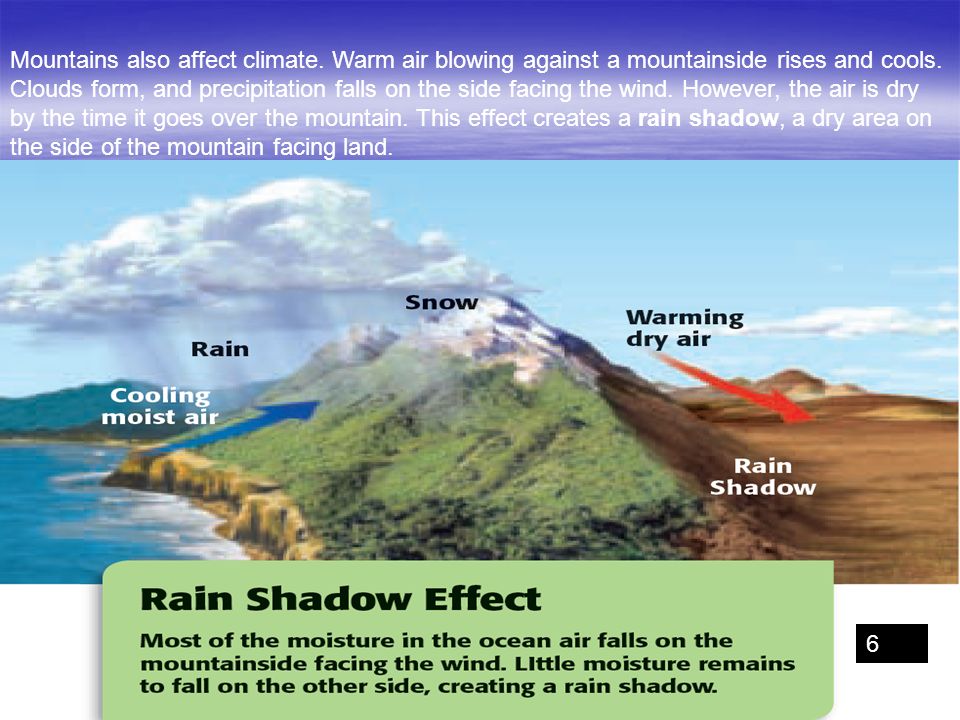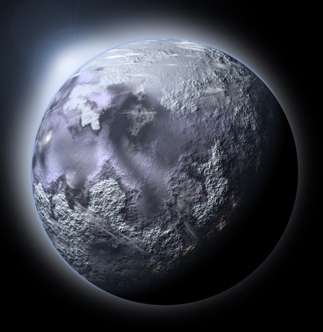The Ultimate Environmental Cataclysm: Asteroid and Comet Impacts and their Effects on Climate
The Cretaceous-Tertiary (K-T boundary) extinction ~66 million years ago is perhaps the most famous extinction event in Earth’s history. It featured a massive asteroid impact which led to the extinction of an estimated 76% of all fossilizable species, and marked the end of the ~170 million+ year reign of the dinosaurs (Pope 1998). Initially regarded as a radical proposition, this is the Alvarez hypothesis, after Luis Alvarez, the lead scientist of the team that discovered the first of multiple lines of smoking gun evidence for the impact of an asteroid ~10 km across under Chicxulub on the coast of the Yucatan Peninsula right around the time of the K-T boundary (Alvarez 1979, Smit 1981, Smit 1980, Bohor 1984, Bohor 1987, Bourgeois 1988 & Hildebrand 1991).
